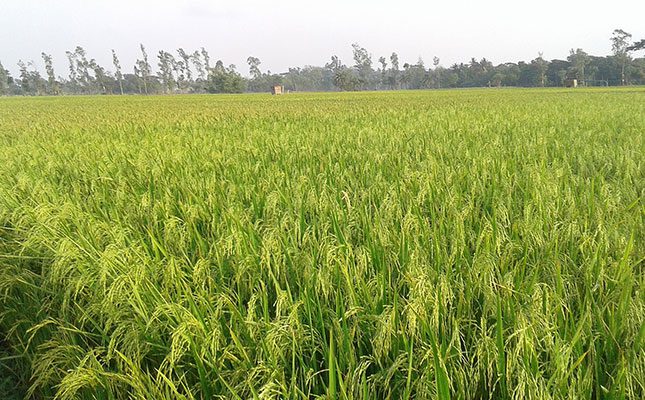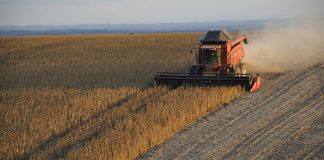
It is estimated that more than three billion people around the world are dependent on rice as a staple food, with India contributing about 40% of global rice exports, according to a report by CNN Business.
The ban on rice exports was also expected to threaten the livelihoods of many farmers in India. One of them, Satish Kumar, is a third-generation farmer in the Haryana state. His newly planted rice saplings had been submerged since torrential rain inundated northern India in July.
“I’ve suffered a tremendous loss. I will not be able to grow anything until November,” he told CNN Business.
The rain also caused landslides and flash floods across the region.
India, the largest global exporter of rice, announced in July that it was placing a ban on the exporting of non-basmati white rice. According to CNN Business, this was done to “calm rising prices at home and ensure food security”.
This was followed by the restrictions on parboiled rice exports earlier this week. According to economists, the ban came in the wake of disruptions to global food supplies due to the Russia-Ukraine war, and extreme weather events brought on by the El Niño weather phenomenon.
The CNN Business report warned that this decision by India’s government “could have significant market reverberations, with the poor in Global South nations in particular bearing the brunt”.
According to the Food and Agriculture Organization of the United Nations, the export ban had resulted in panic buying in the US, with prices of rice soaring to their highest levels in about 12 years.
Although the ban was not affecting exports of basmati rice, it was estimated that non-basmati white rice made up approximately 25% of India’s rice exports.
“The main thing here is that it is not just one thing,” Arif Husain, chief economist at the United Nations World Food Programme (WFP), told CNN. “[Rice, wheat and maize crops] make up the bulk of the food that poor people around the world consume.”
The International Monetary Fund added its voice to calls for India to lift the restrictions. The organisation’s chief economist, Pierre-Olivier Gourinchas, said at a media briefing last month that the restrictions were “likely to exacerbate” the uncertainty around global food inflation.
“The export ban is happening at a time when countries are struggling with high debt, food inflation, and declining, depreciating currencies,” the WFP’s Husain added.
According to data from the Indian government, farmers make up almost half of that country’s workforce, with rice mainly being produced in the central, southern, and some northern states. The planting of the summer rice crop generally commenced in June, and normally accounted for more than 80% of India’s total rice crop, according to Reuters.
However, the monsoon rainfall arrived late this year, resulting in the crop suffering drought until mid-June, and then being flooded when the rain eventually arrived, resulting in extensive crop damage.
In New Delhi, India’s largest rice trading hub, traders expressed fears that the ban could have a serious fallout for the market.
“The export ban has left traders with huge amounts of stock,” rice trader Roopkaran Singh told CNN. “We now have to find new buyers in the domestic market.”












